Cho Sang-kyung, one of Korea’s most sought-after costume designers, approaches movie and TV projects with laborious hours of research and analysis. “I become a shaman the moment I receive the script,” she says. Her creations added dramatic intensity and glamour to numerous hits, including Park Chan-wook’s “Oldboy” and, more recently, the TV series “Mr. Sunshine.”
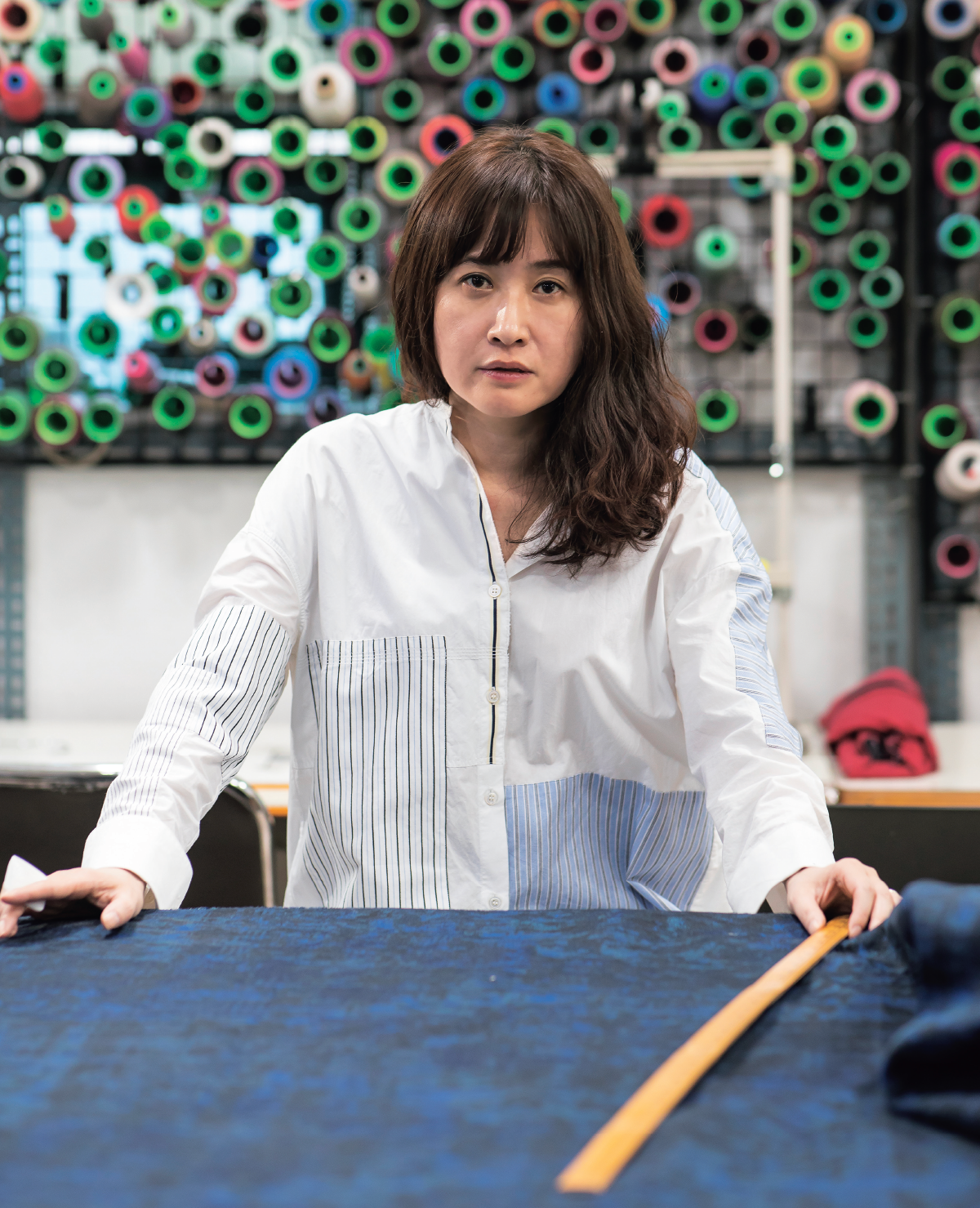
One of the most sought-after costume designers in Korean cinema, Cho Sang-kyung strives to achieve artistic perfection, spending an enormous amount of time doing legwork as well as exhaustively researching historical s and visual materials.
Most people would find it awkward to look directly into the eyes of someone they are meeting for the first time even if they are not particularly shy. So etiquette books would advise you to “fix your gaze between the other person’s eyes.” But when I first met Cho Sang-kyung, she stared straight into my eyes. I felt almost blinded by her intense gaze. Perhaps it was that intensity that guided her to tackle this year’s hit TV drama “Mr. Sunshine.”
Cho is the mastermind behind the costumes in award winners at international film festivals, such as “Oldboy” (2003), “Sympathy for Lady Vengeance” (2005) and “The Host” (2006), as well as recent blockbusters like “Along with the Gods” and “A Taxi Driver.” Her artistry shines particularly in period pieces, and her recent foray into TV drama, even more popular than film, has made her name more widely known.
Exhaustive Historical Research
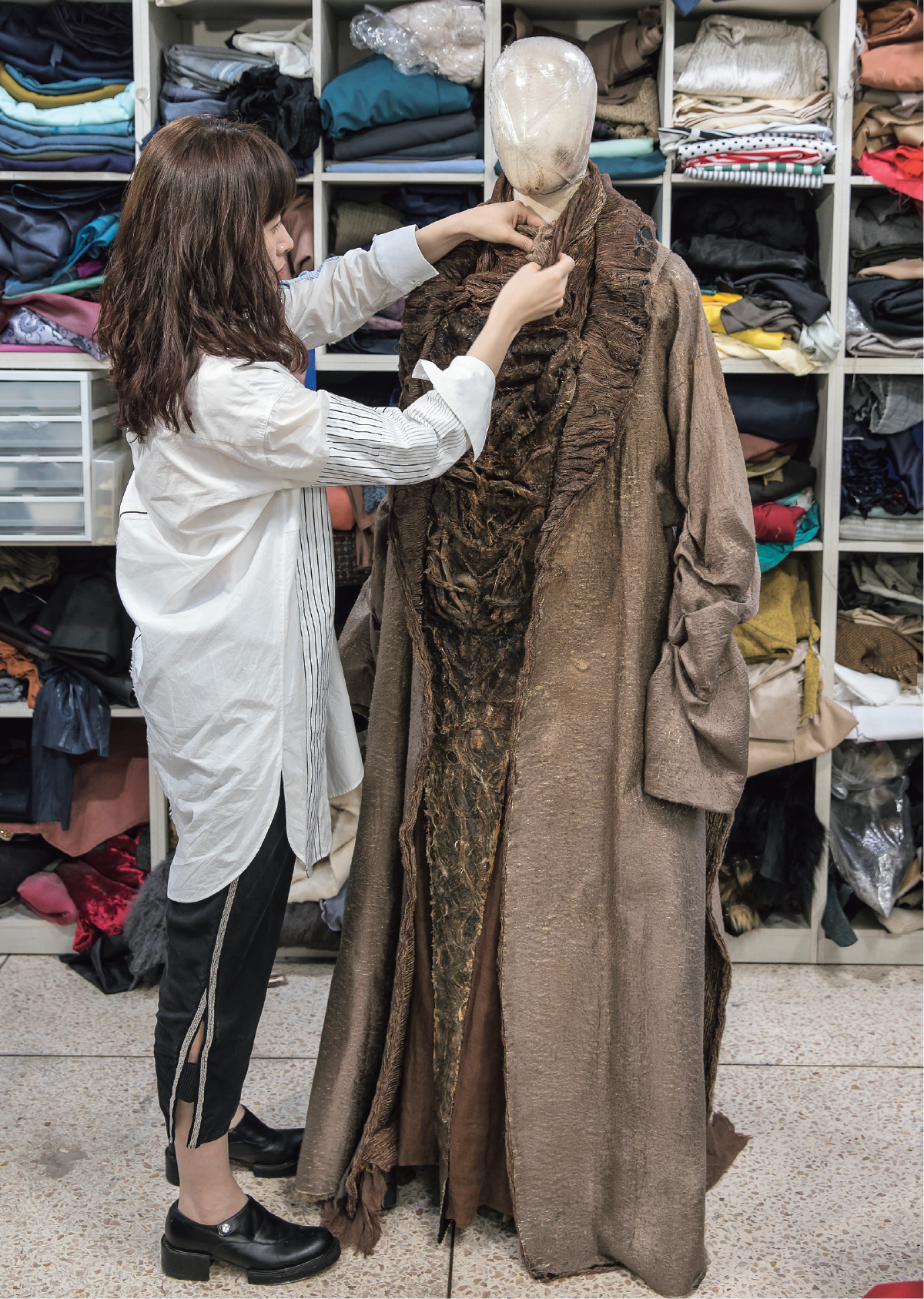
Cho checks the costume for the King of Hell in the recent movie “Along With the Gods.” Creating costumes for a fictitious character requires her to exercise her imagination to the fullest.
Despite years of experience in cinematic and stage productions under her belt, small-screen drama remained an unfamiliar genre. Nonetheless, Cho decided to embrace the challenge of “Mr. Sunshine” with the conviction that it would become a true masterpiece.
Director Lee Eung-bok and writer Kim Eun-sook conceived the historical drama series in 2008 and continuously worked on developing the script to produce a work of art, not just commercial fare. Since Cho is known for her meticulousness, I was curious to learn what painstaking preparations she had made before filming began. But, in fact, she was only given around a month or so to prepare, even though the pre-production period lasted 11 months.
Movies start filming with a finished script, but TV dramas have a much tighter schedule. Cho had to deliver a design concept based on the director’s story outline and the scripts of the first two episodes. Moreover, what was originally planned as a 16-episode series was then extended to 20 and eventually to 24 episodes, which meant she had to grapple with a relentless, unforgiving time crunch.
Despite the demanding conditions, Cho’s thoroughness shone through, an example being the uniform worn by the protagonist Eugene Choi, a U.S. Marine Corps officer, played by Lee Byung-hun.
“At first, I suggested that Eugene Choi be an officer in the Navy rather than the Marine Corps because the naval uniforms during the period were way more dazzling,” said Cho. “But it was rejected. Frankly speaking, I’m still not satisfied with his outfit. But I couldn’t just change the style as I wished. I tried as best I could to replicate the uniforms of the U.S. Marines during the late 19th and early 20th century, the movie’s time period. Still, I received a complaint. Apparently, the emblems on the uniforms were incorrectly positioned. What could I do but acknowledge my mistake and apologize?”
To assure authenticity, Cho had the uniforms custom-made in the United States. Striving for perfection, she had the hats and boots made separately by professionals. For the military uniforms, she could draw on research that began in 2010, when she was commissioned to design uniforms for “The Front Line,” a movie based on events during the Korean War. She soon learned that so-called “military buffs” own more uniforms than most museums and decided to meet one of them.
She visited the house of an administrator of an online military gear and weapons community and was flabbergasted. With the exception of a mattress in the middle of the living room, the entire house was crammed with military gear, from uniforms and hats to medals and badges. The fanatic enthusiasm with which he recounted his army stories was so overpowering that she had to take someone along on her second visit. But thanks to the help of those military buffs, she was able to vividly re the looks of the soldiers in the movie’s Battle of Aerok-goji (Aerok is Korea spelled backwards, and goji is derived from Baengma-goji, or the White Horse Hill, the site of intense fighting during the Korean War). Doing the legwork is the most important step in costume design.
Nerve-wracking Pressures
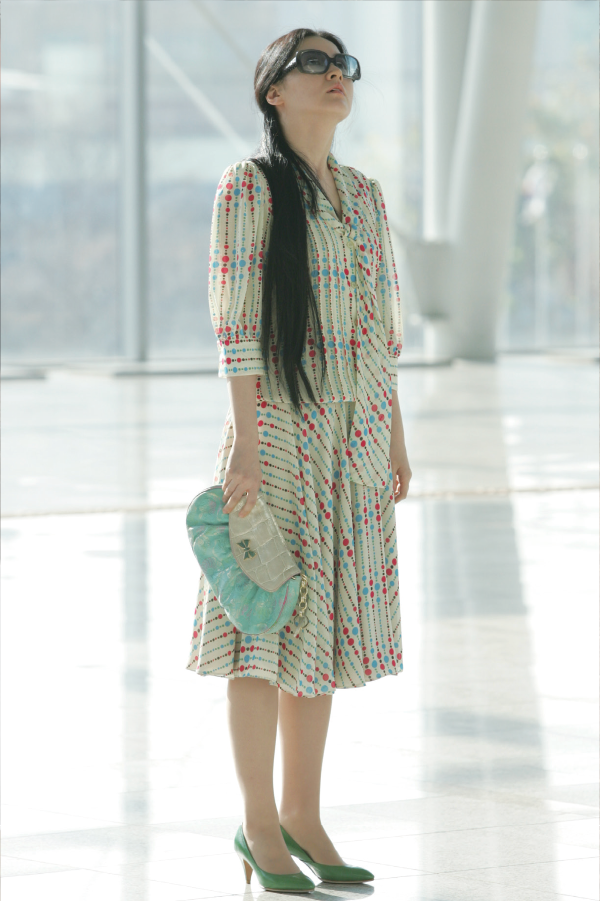
The movie “Sympathy for Lady Vengeance” (2005) tells the story of a woman who plots and exacts revenge after wrongly serving 13 years in prison. To convey her complex emotions, Cho d retro costumes to depict the gap between her past and present, and her seeming kindness and burning desire for revenge.
It’s not just legwork; Cho often combs through literary and visual archives for reference material. The Spanish-American War battle scene in “Mr. Sunshine,” in which Eugene Choi saves a friend, lasted only about five minutes. But Cho had to expend a tremendous amount of effort to properly outfit the troops. She watched old Spanish films and aries, but being in black and white, they provided no information aboutthe color of the uniforms. After arduous research, she was finally able to find one scene in color and based her designs on it.
Sourcing clothes from overseas is not an easy task, either. For the movie “Assassination” (2015), Cho wanted to purchase a sample of the Imperial Japanese Army uniform from Japan. However, the majority of military uniform buffs in Japan are far right-wingers and none of them were willing to directly sell a uniform to her. Eventually, she had to go through a broker. The process of costume design is in itself full of drama.
Cho’s credo is rigorous historical research. Yet, that has not made her immune to unwarranted criticism. “The Concubine” (2012) was a movie that garnered attention not only for its direction and the actors’ impressive performances, but also for its costume design. The beautiful, elaborate hanbok (traditional Korean dress) donned by the royal concubines were the result of exhaustively poring over dissertations and scouring museum collections. Despite the effort, many viewers mistakenly thought “the style of hanbok is not from the time period,” some even claiming that there were hints of Japanese style. Fortunately, hanbok designers acknowledged Cho’s work, saying, “If you want to see what the traditional costumes from mid-Joseon were like, watch ‘The Concubine.’”
“What I found regrettable while studying hanbok was that we know even less about the history of our traditional dress than Western clothing,” said Cho. “We only have a vague understanding of it.
During the 500-year Joseon Dynasty, hanbok fashion must have undergone many changes.”
She wants to earnestly ask hanbok designers to become more involved in costume design forhistorical dramas, doling out professional advice. The public tends to learn more about hanbok from popular media, such as movies and TV dramas, than from books or lectures. Therefore, Cho stresses that in order to promote the value of hanbok and ensure that they are reproduced faithfully, experts need to actively utilize the media.
Doing the legwork is the most important step in costume design.
Reading Poetry
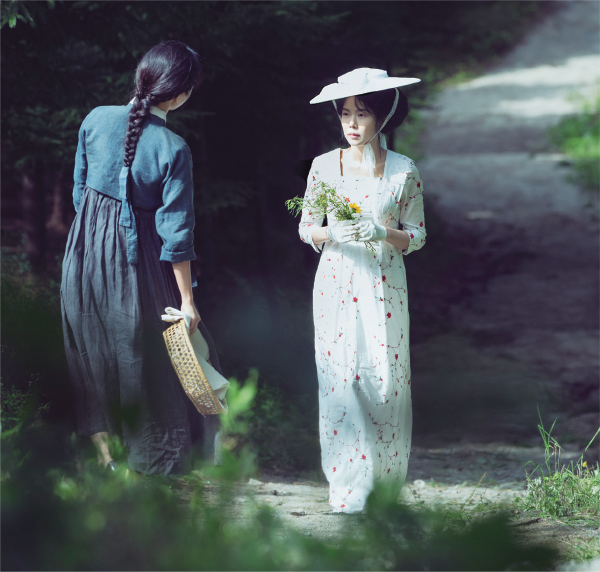
A scene from “The Handmaiden” (2016), a movie set in Japanese-occupied Korea of the 1930s. To express the icy, secretive character of the young noble lady, Cho produced 25 extravagant yet restrained costumes.
Throughout the interview, I noticed something unusual. Unlike most fashion designers who tend to mix in English fashion terms, Cho eschewed them. Cho, who studied Oriental painting and stage design at the Korea National University of Arts, revealed that she was an avid reader.
“As a child, I liked being alone and didn’t have many friends,” she said. “So naturally, I spent my time reading a lot of books. I was the third child among four daughters and a son, and my mother supported pretty much everything I wanted to do. I began going to an atelier and soon drawing became my pastime. Actually, I don’t know much about fashion. I never even formally learned how to make clothing patterns.”
It came as a big surprise to hear that a highly-acclaimed costume designer had no formal education in fashion design. But Cho said she is often surprised by something entirely different.
“I’m dumbfounded when I hear students aspiring to become costume designers say that they have never fully read a screenplay. Except for maybe one in a hundred, students do not read scripts. When I tell them to think of a design concept, the first thing they do is an Internet search. So I advise these students to read poetry. I’m a fast reader, but with poetry, I tend to go back and read the lines again. Many times I’ve produced drawings with poetry. It’s fun to dissect and rearrange them.”
Cho is also skilled in balancing the needs of a production and the actors. When she dresses actors in a period piece, she advises them on how to carry themselves and explains why. Not only should the costumes embody the spirit of the times, but first and foremost, the actors must be comfortable in them. The costumes should make the actors shine. Rather than focus solely on historical accuracy of costumes and imposing it on actors, Cho believes her role is tocostumes that help them fully immerse themselves in the depicted time period.
There are actors who are willing to listen and earnestly ask questions. For example, Han Suk-kyu, who has played the role of king many times, always asks questions about the king’s clothing as if it were the first time; and Lee Byung-hun, who approaches his role with a sincere dedication, makes people willingly give advice.
For the movie “The Handmaiden” (2016), Cho had to design a constricting dress for Kim Min-hee so that the actress would conduct herself with grace and restraint in her starring role as Lady Hideko. And even though it would not be caught on camera, Cho made an undergarment designed to help accent Kim’s posture and poise.
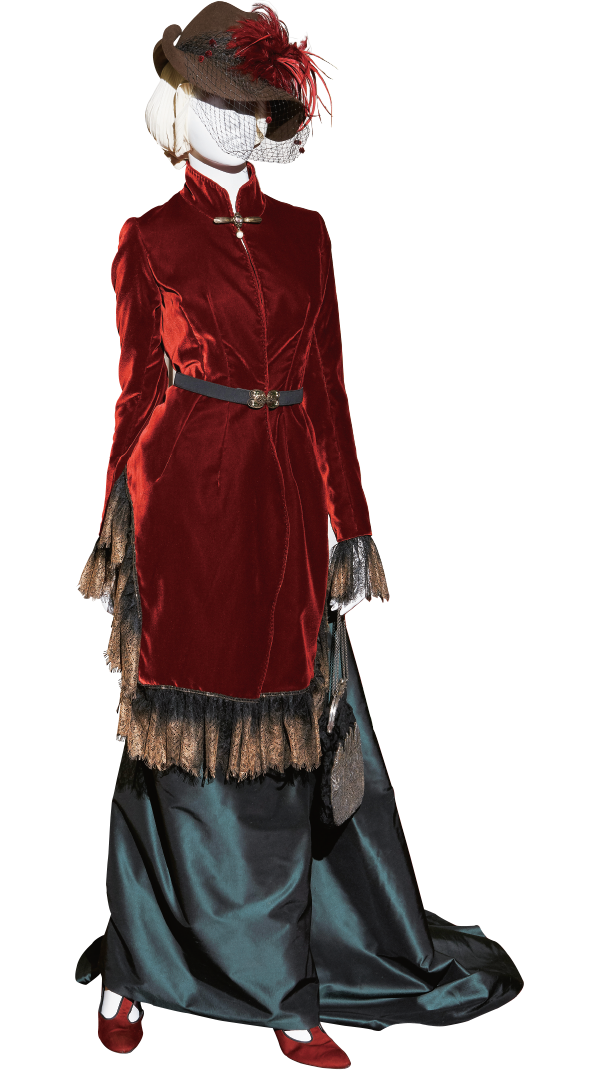
This is one of the costumes of Kudo Hina, a leading character in the recent hit TV series “Mr. Sunshine.” Cho Sang-kyung designed her costumes in ways to express her fashion sense as a rich widow who owns a top hotel in Seoul in the early 20th century.
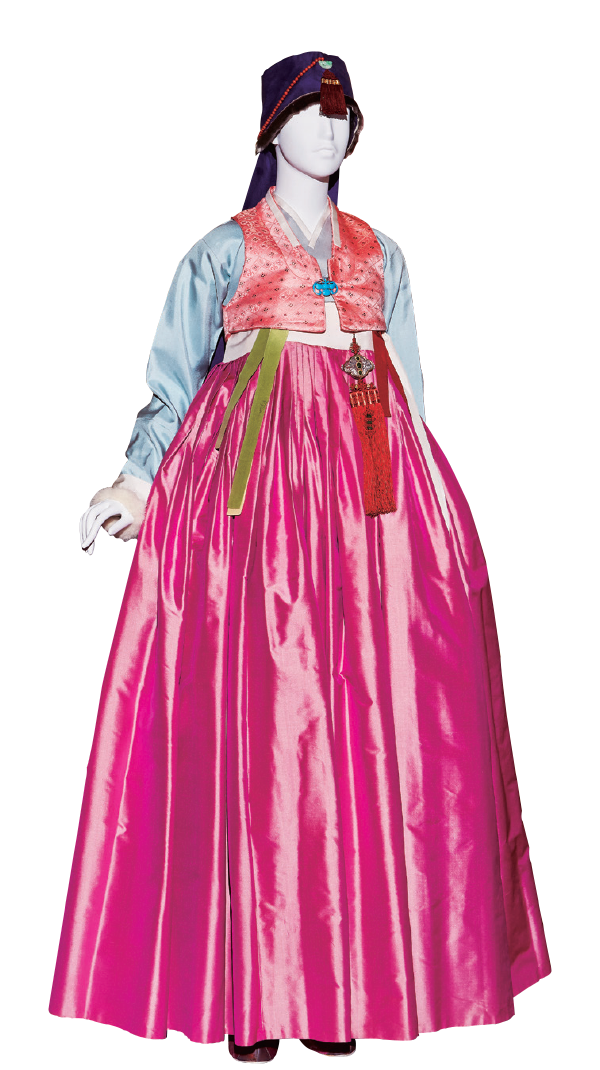
Go Ae-sin, the female protagonist in “Mr. Sunshine,” is a noble woman who secretly learns to shoot and participates in militia activities to protect Joseon from foreign aggression. Her attire expresses her social status.
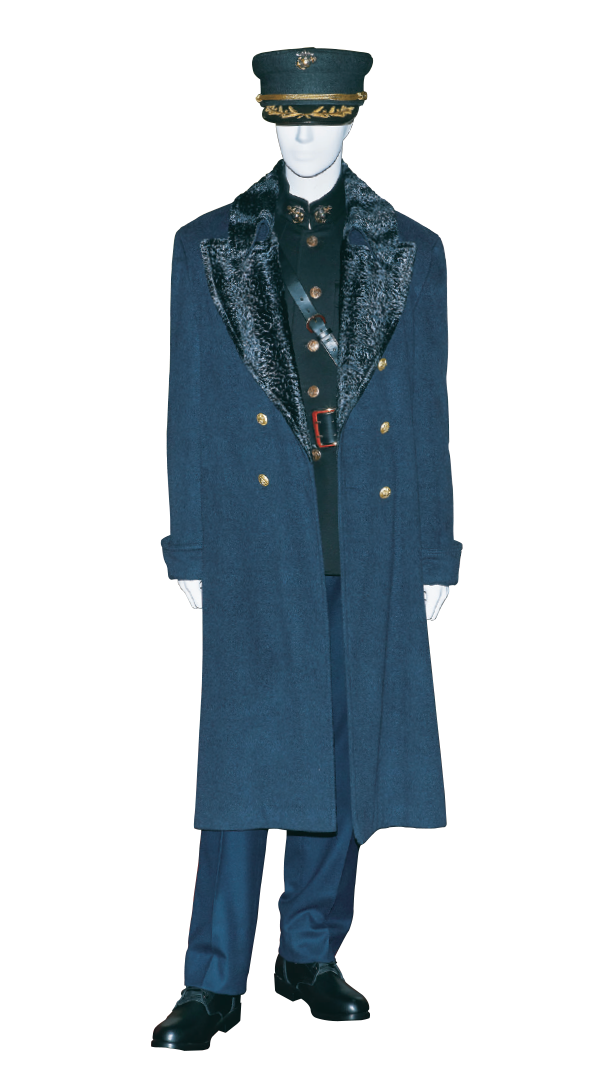
The male protagonist Eugene Choi in “Mr. Sunshine” is a U.S. Marine Corps officer serving at the American Legation in Seoul in the early 20th century. His uniforms were custom-made in the United States to achieve historical accuracy.
Living to the Fullest
When asked how fun and exciting it must be to work with top-tier actors and directors, she said with a smile, “Every night I go to sleep thinking to myself, ‘There may not be a tomorrow.’ So I reflect on the day and ask, ‘Would that be okay?’ It’s become a habit.”
“Do you think me odd?” herseemed to ask as she fixed her gaze on me. I said to myself, “Not at all. You’re living each day to the fullest. You must have no regrets about your life. Seems like your life won’t have a sad ending.”